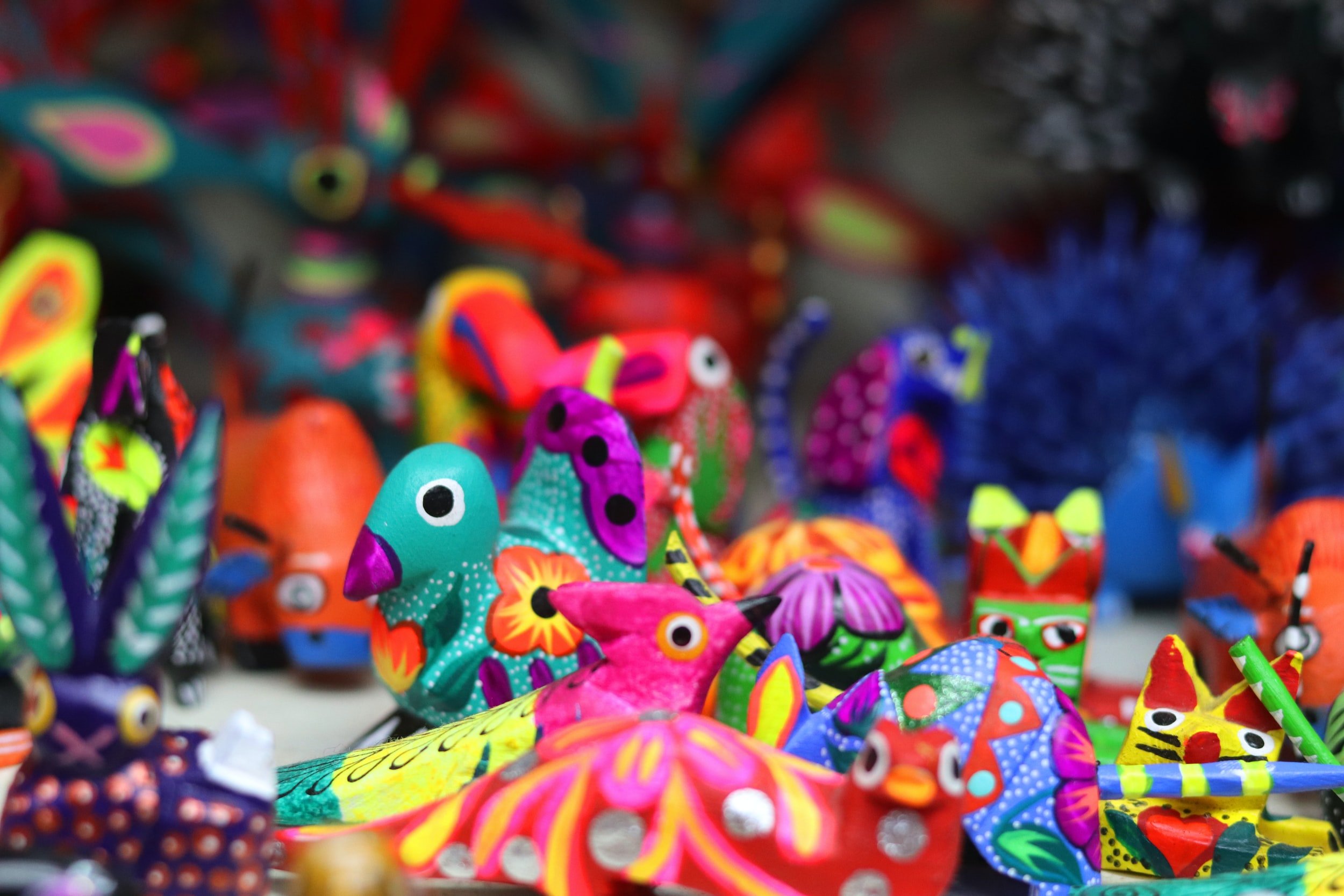
Blog & Commentary

A Tryst of Pain and Art
What about Sylvia Plath’s story compelled you to read her book? What about Kurt Cobain hooked you into his raw, expressive music? If you are anything like me, you were probably intrigued by their haunting stories of pain, trauma, and the appeal of the ‘tortured artist’. But did they need to suffer through irreparable trauma to create genre-defining art?

Sorry (Not Sorry): 10 Components of a Complete Apology
We all love a classic YouTube influencer apology video, sometimes ironically and sometimes not so ironically. You can likely intuit that some apologies are more heartfelt, while others feel like PR stunts, and most times, we do a pretty good job at distinguishing which end of the spectrum a specific apology falls under. But what constitutes a good apology? And why is making that distinction so highly debated?

Modernized Misogyny, But Make It Traditional
The Netflix original show Indian Matchmaking has taken the internet by storm. This show single-handedly redefined the trope of the privileged class of the Indian diaspora community that I had in my head. It hits hard, watching the stories of people as they pride themselves on being at the pinnacle of privilege, openly scoffing at everyone that falls victim to their acts born of exorbitant ignorance. It hurts to admit, but I’ll take this version of being problematic over the sophisticated and obscured kind.

Reconciling The Battle Within
Much like the issues that arise from ignoring symptoms of other illnesses, not finding healthy ways to regulate moral distress can snowball into much bigger problems that manifest themselves as problematic and harmful behaviour. The most studied manifestation of chronic moral dysregulation is the behaviour of “othering” individuals that may fall outside our own unique experience of moral distress where we slowly but surely develop a sense of isolation — both socially and morally. Once the isolation sets in, it becomes infinitely easier to overlook the mountain of well-being benefits we gain from solidarity in community. And so the cycle goes on.

Culture Fair at Waverly Elementary School: A Reading Week Experience
The volunteer fair was an experience like no other; I built connections with other undergraduate students across faculties, programs, & years, heard stories and shared laughs with people I would have otherwise never encountered.

Sharing My Voice: Why I (Try To) Write
I enjoyed writing, and people around me enjoyed my writing; the excitement of finishing up a piece and running to share it with someone around me only grew as I did.

